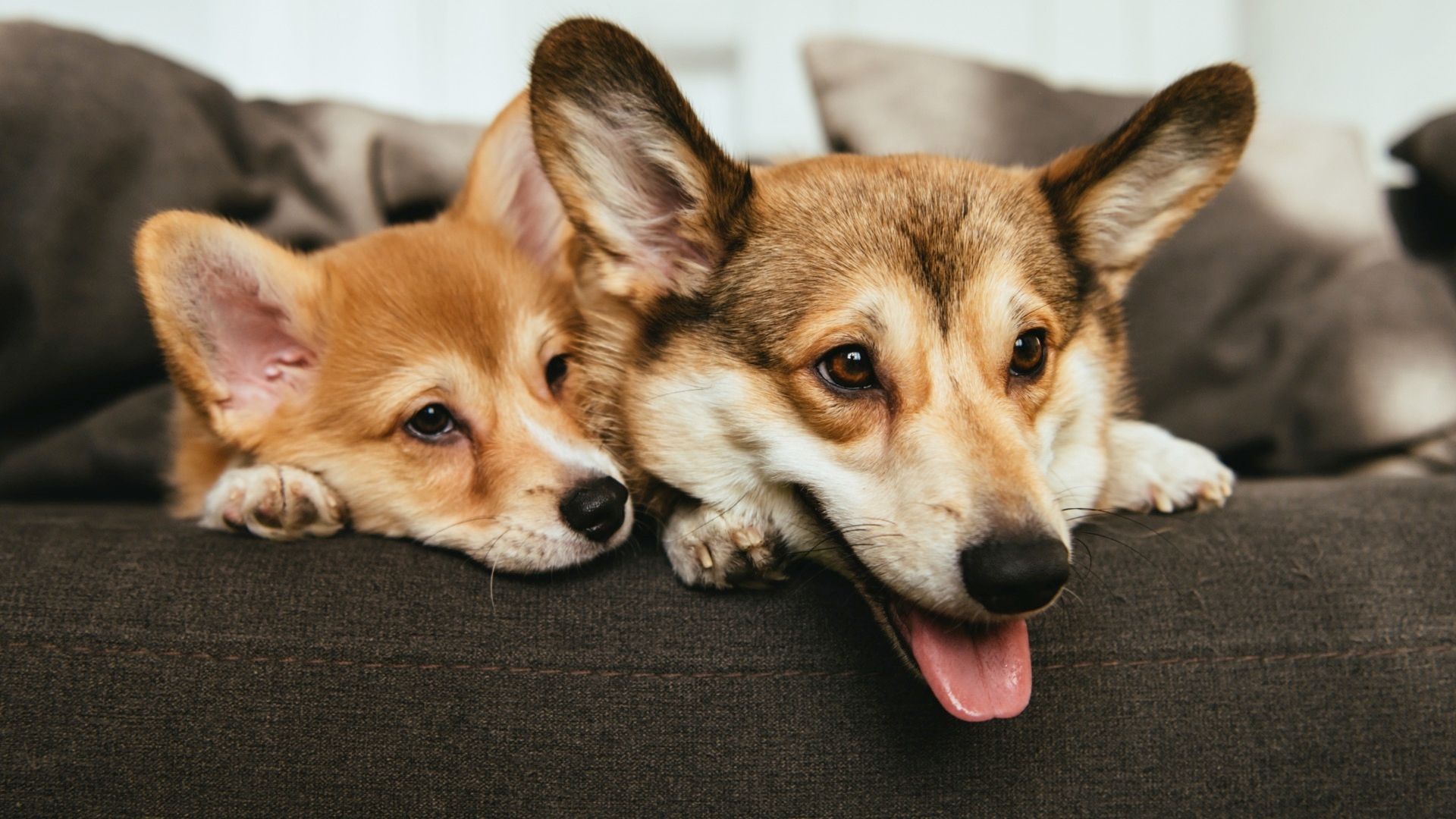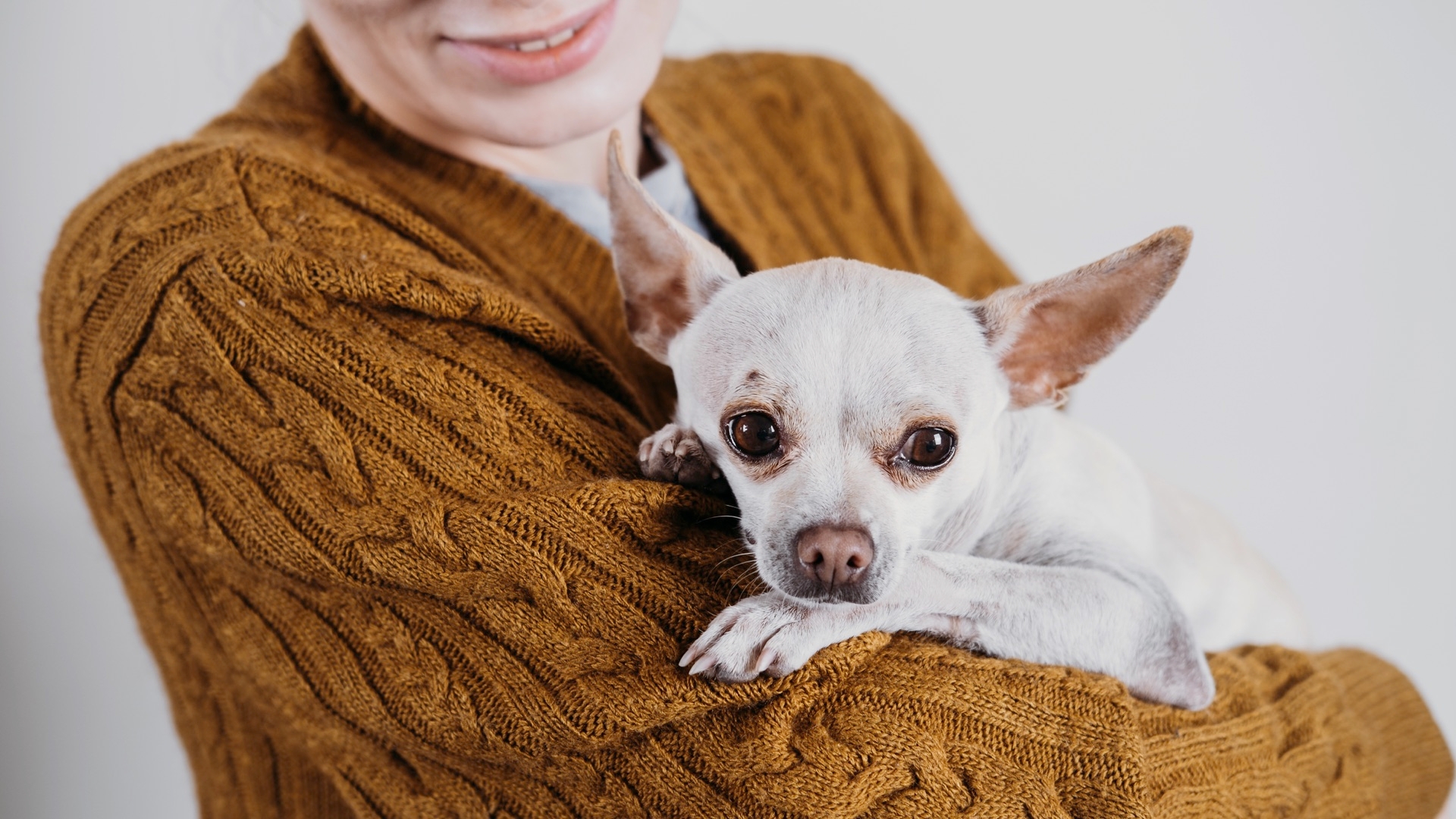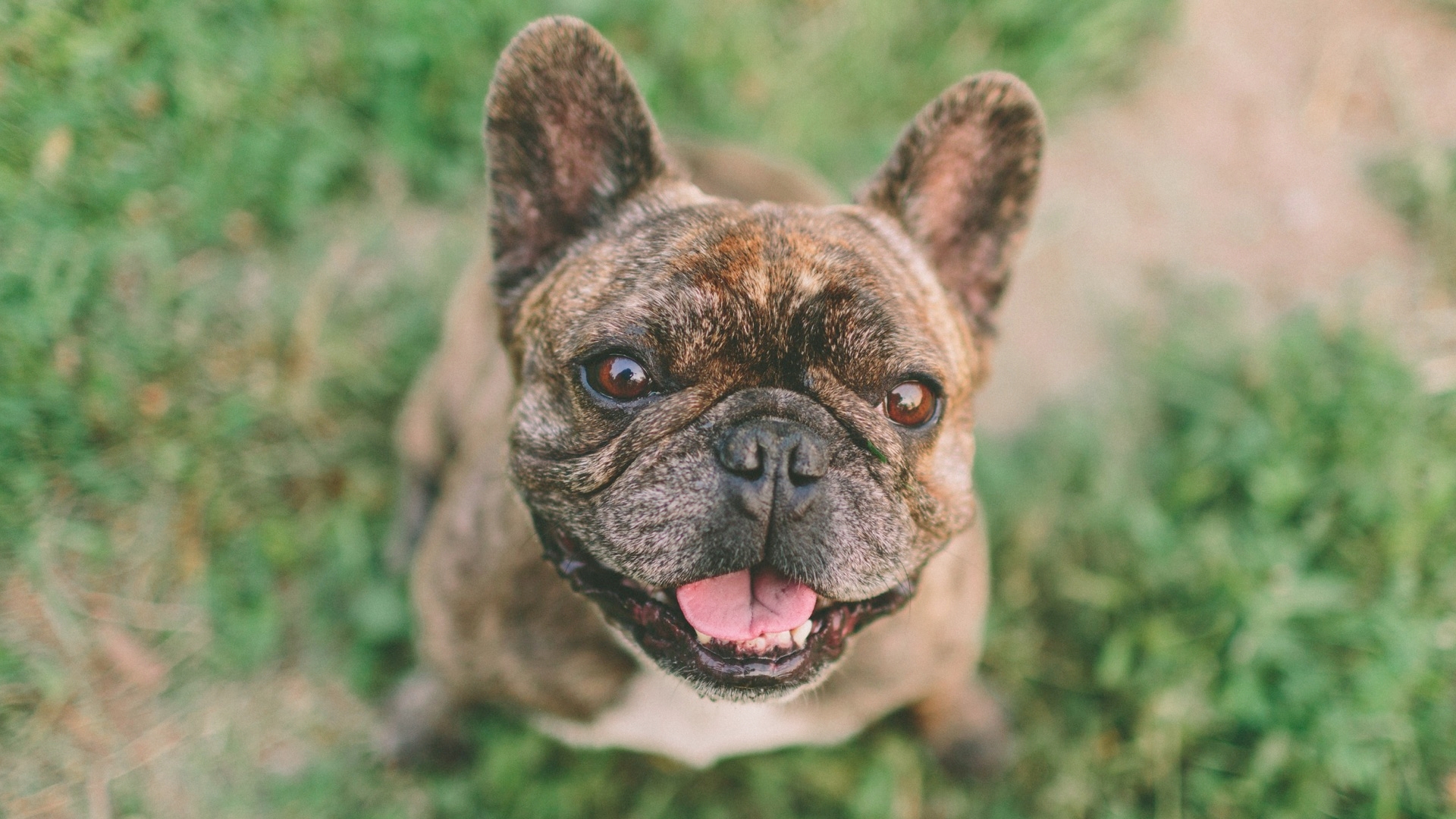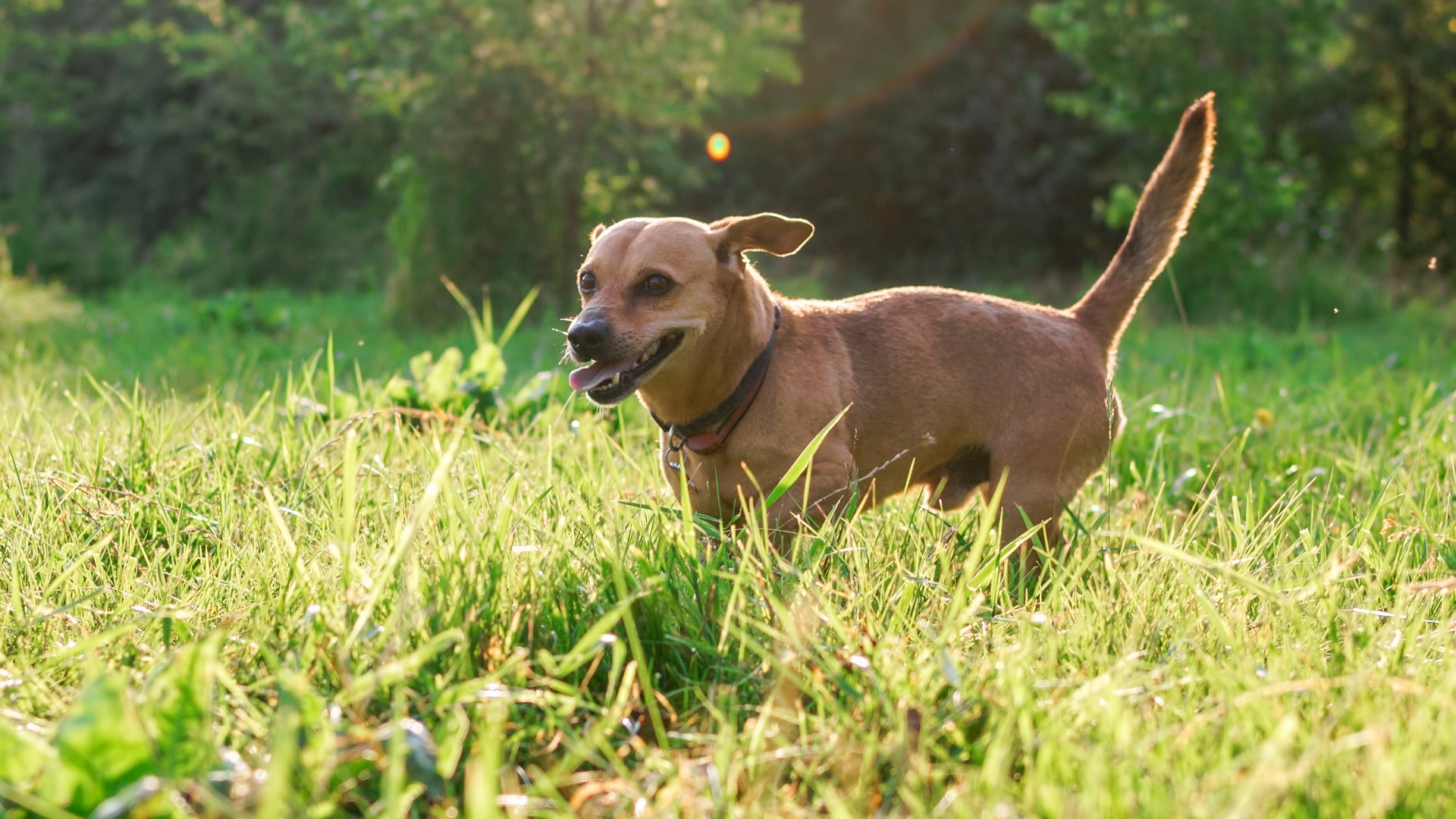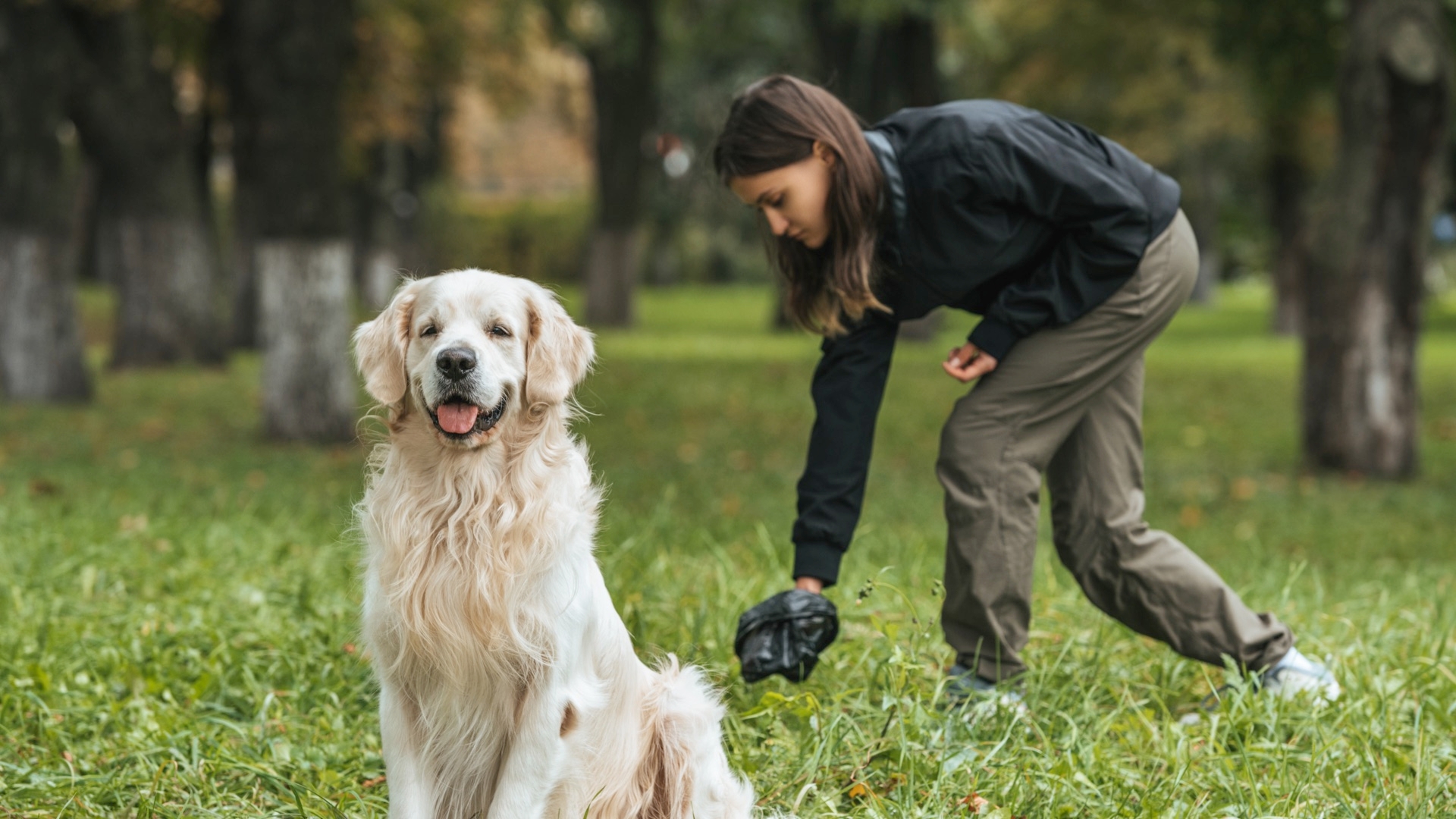Canine:
The tag "canine" relates to: animal, bite, bite prevention, dog, dog training, health, pets, puppy, responsible pet ownership, and zoonotic diseases. For more tags, view our complete tag index.
The following blog entries have been tagged "canine".
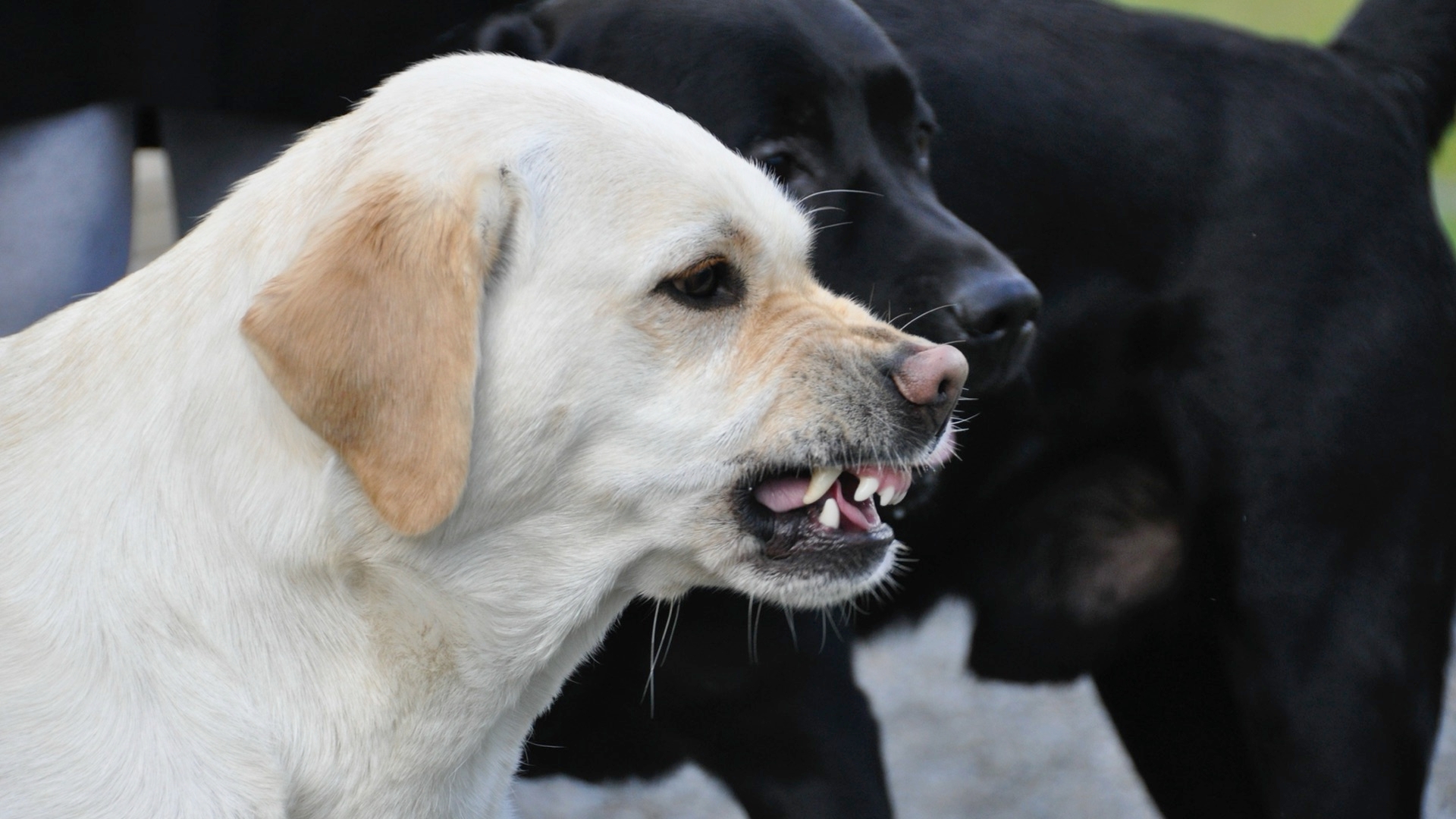
Every year, an estimated 400,000 children, most ages 5—9, seek medical attention for dog bites. Most dog bites to children occur while a parent is standing within three feet of the child, supervising the interaction. When dogs and children interact, parents need to recognize when the dog is saying "I'm doing fine and enjoying this interaction" or "I'm worried about this interaction and if it doesn't stop, I may have to take action!"
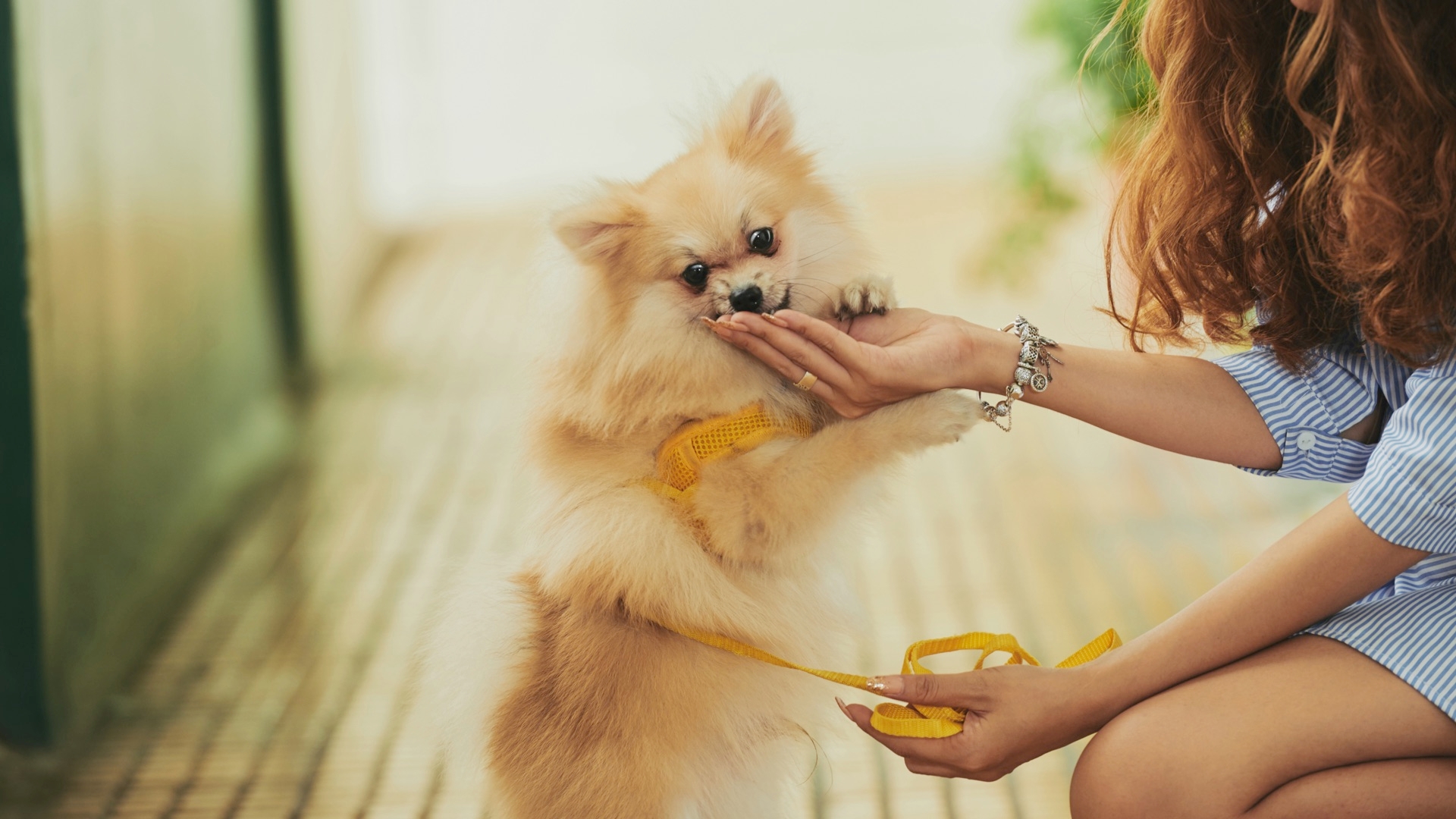
Want to teach your dog to wait at the door? Or get your cat to jump into her carrier on her own? You can use positive reinforcement to teach them how to do the right thing. Positive reinforcement training means that you reward your pet as soon as they do something you like. The reward reinforces the behavior, making it more likely to occur again. Positive reinforcement is a powerful tool you can use to change your pet's behavior.
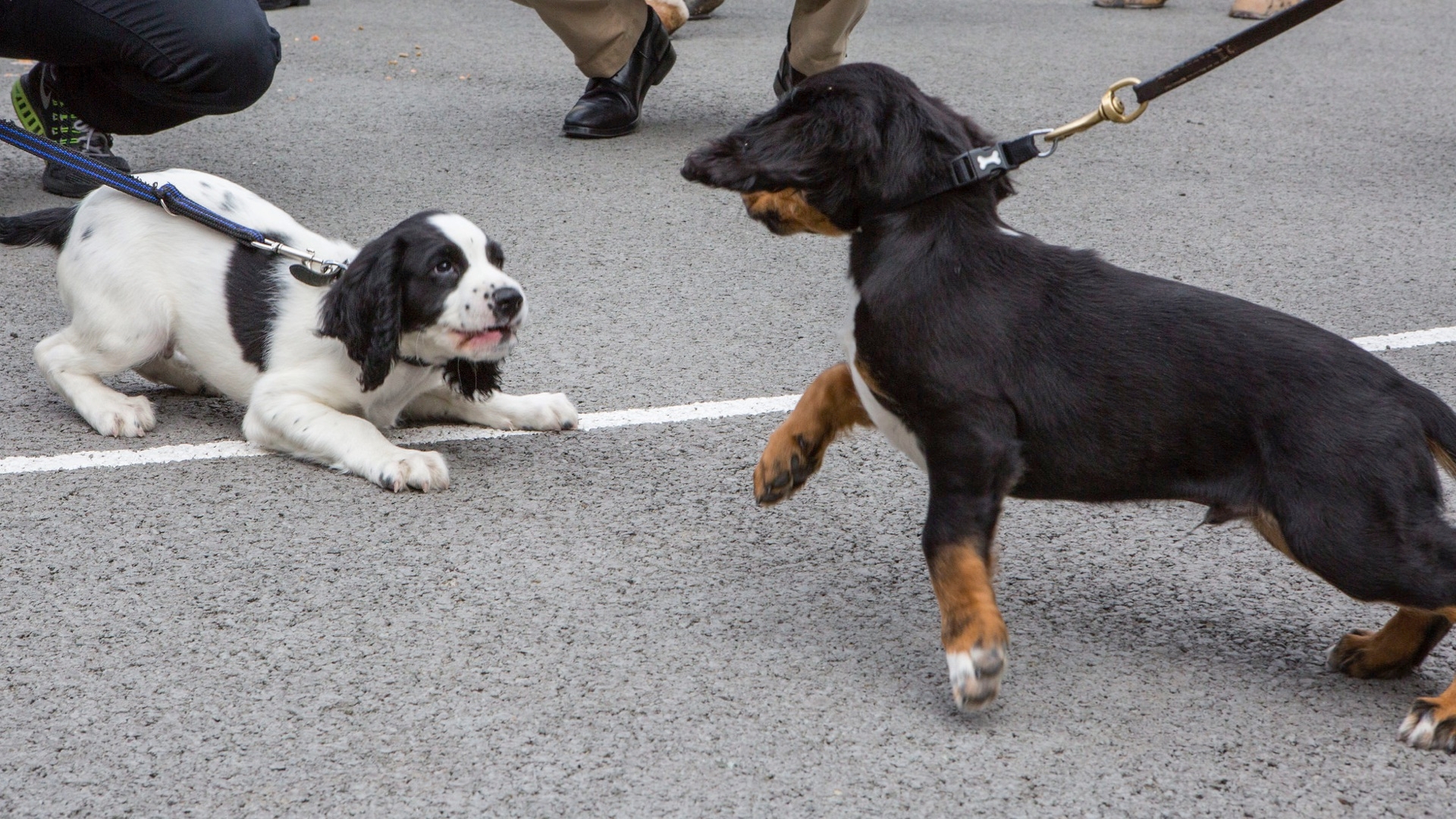
Marking behavior is not a house-soiling problem and both Male and Female dogs can display marking behaviors. To resolve the issue, you need to address the underlying reason for your dog's need to mark. Your dog may be urine-marking for a variety of reasons. Here we discuss some of the causes and how you can resolve them.
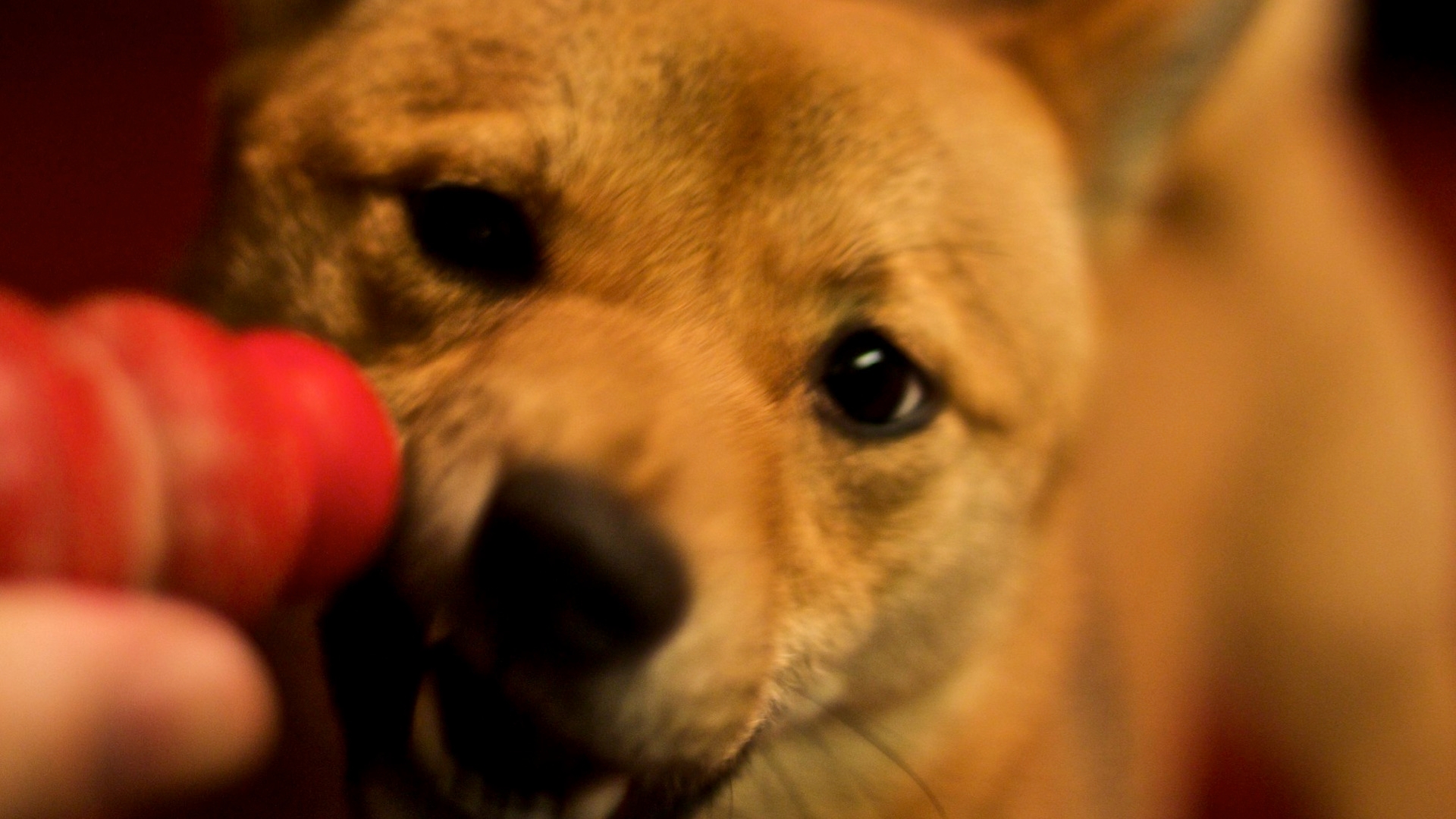
A Kong is a rubber, hollow, dog toy designed to hold food and entertain your dog's brain and belly. Kongs and similar food dispensing toys require that a dog lick and chew on the toy in order to access the food. Licking and chewing are soothing activities for dogs, so Kongs can be helpful when teaching your dog how to be calm, quiet and relaxed.

Remember that you and your new dog need some time to learn each other’s signals and routines. Even if he was housetrained in his previous home, if you don’t recognize his “bathroom” signal, which may be nothing more than sniffing or staring at you, you might miss his request to go out, causing him to eliminate indoors. Additionally, scents and odors from other pets in the new home may stimulate some initial urine marking.
